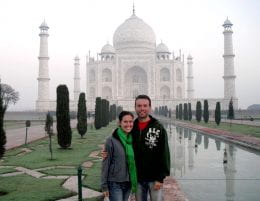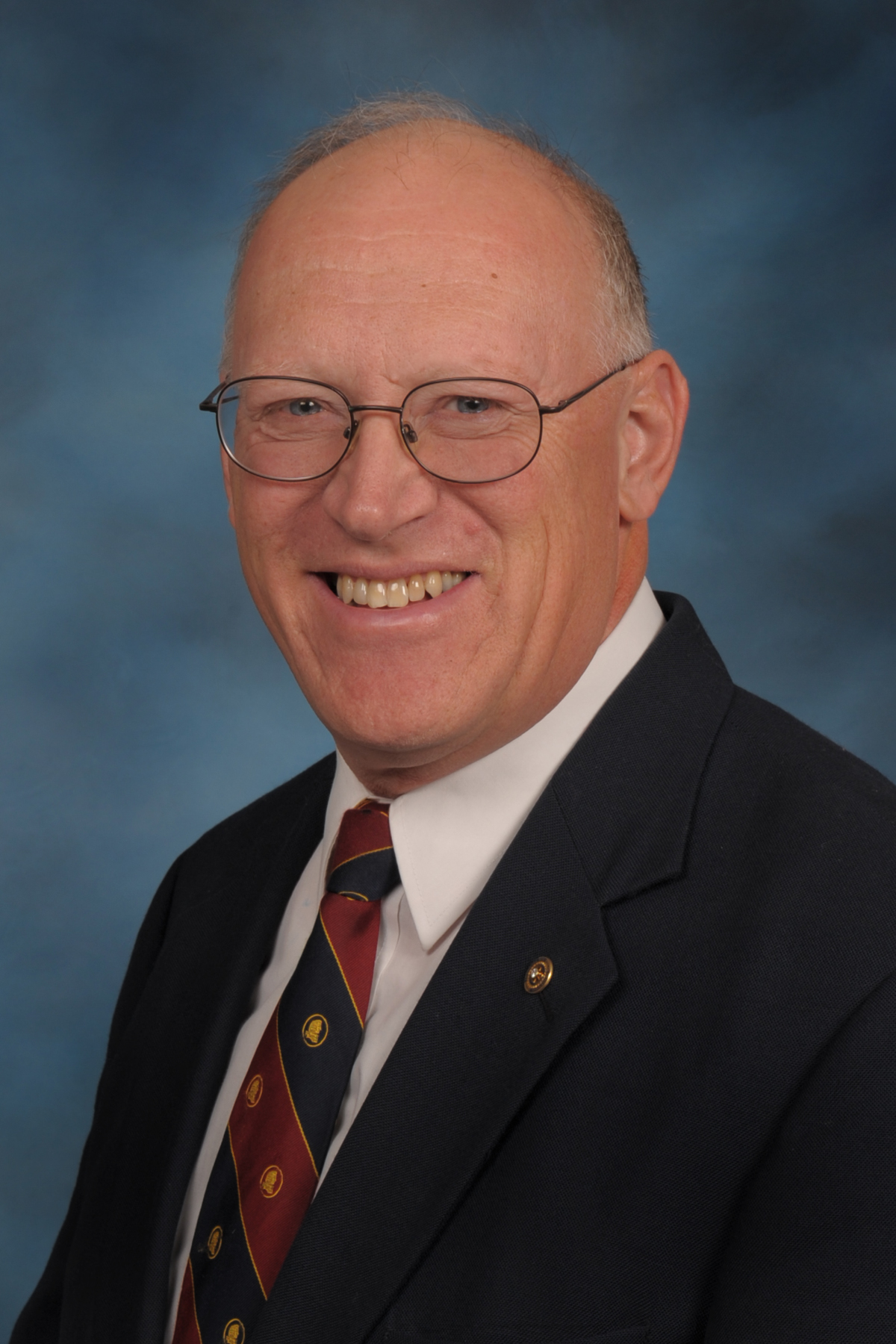PART ONE OF A THREE-PART SERIES
By Ron Wilson, director of the Huck Boyd National Institute for Rural Development at Kansas State University.
“Let’s go one lap around.” That sounds easy. But what if that one lap didn’t refer to the local walking track? What if it referred to one lap – around the entire globe? This week, we’ll meet a young Kansas couple who took on the amazing goal of circumnavigating the globe by themselves.

Heidi Plumb and Kale Dankenbring are the remarkable young couple who made this amazing journey. Heidi grew up near Dallas. Kale grew up at St. Francis, Kansas. He studied information technology at Northwest Kansas Technical College in Goodland, a rural community of 4,489 people. Now, that’s rural.
After graduation, Kale’s IT career took him to Phoenix where he met Heidi. The two shared lots of interests, including nutrition, coffee and travel. They had an incredible idea: What if they could travel around the world on a shoestring budget?
They made it happen.
They got married, prepared their travel plans, finished up their jobs and sold their belongings. On May 17, 2011, they left to visit family in Kansas and Texas before flying to New York for the transcontinental flight to Ireland.
This trip would ultimately include the proverbial planes, trains and automobiles, plus buses, boats, bicycles, scooters, hitch-hiking, rickshaws and even camels.
In Ireland, they did sight-seeing around Dublin, Cork and Killarney. They found that the private hotel room which they had booked online was no longer available, so they ended up sharing a room with another couple – who snored. Later conditions would be much worse. They did see magnificent cathedrals, beautiful countryside, lots of sheep, and fascinating people.
They took the ferry to Wales and stayed in London for a month, sightseeing and traveling to Scotland.
From London, they flew to Luxor, Egypt. They spent a week in Cairo, saw the pyramids and walked along the Nile River before flying to Mumbai. They stayed on the beach and then moved to the Himalayan region.
Kale suggested they find some sort of volunteer service which they could perform while in the country. They found such an opportunity through www.workaway.info. On this site, they learned about a remote school near the Himalayas where they could teach classes for room and board. Heidi taught English, and Kale taught math and science to kids ages four to 10. The students were from very poor, rural families. Heidi and Kale would teach there for about a month.
Heidi wrote in their blog: “This experience makes me think of how fortunate our kids (are) in America and other western societies as a whole … . The kids here got extremely excited when we brought out a basketball during playtime. Even though there was no hoop, just the chance at kicking or throwing a ball around was pure happiness to them. They are so grateful for such simple offerings … for every drawing we make, for every game we play, for every song we sing and for every word we teach them.”
One day while at a coffee shop in Pushkar, India, Kale and Heidi got to talking about having a coffee roastery of their own. One thing led to another, and they learned about an abandoned building which was for sale in Kale’s hometown. It could serve as a site for their motorcycle shop and apartment as well as a base for their coffee roastery trailer. They bought the building sight unseen and made plans to return to the United States.
First, they went to Nepal and flew over Mount Everest before stopping in Bangkok and having a layover in Japan on their way home. By the date of Heidi’s birthday in December 2011, they were back in the USA.
They went one lap around – not just the track, but around the world. We commend Kale Dankenbring and Heidi Plumb for making a difference by teaching in an impoverished region of the world. As Heidi wrote of her students: “Their confidence, happy smiles and genuine laughter is proof that the school is changing these children’s lives for the better and expanding their opportunities by providing an excellent education.”
And there’s more. What about that roastery back home? We’ll learn about that next week.
